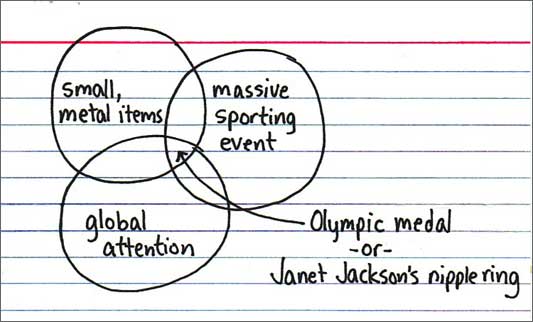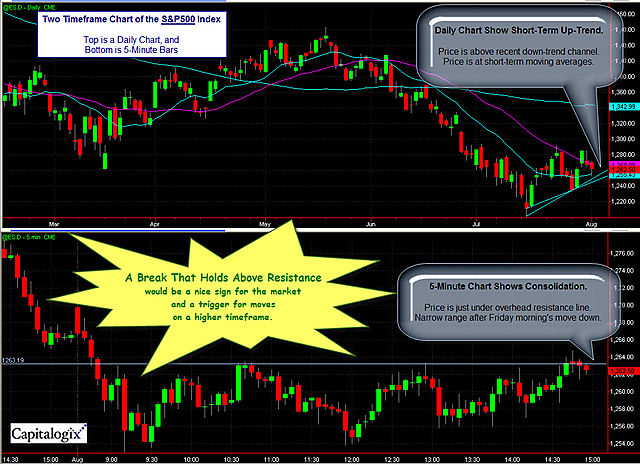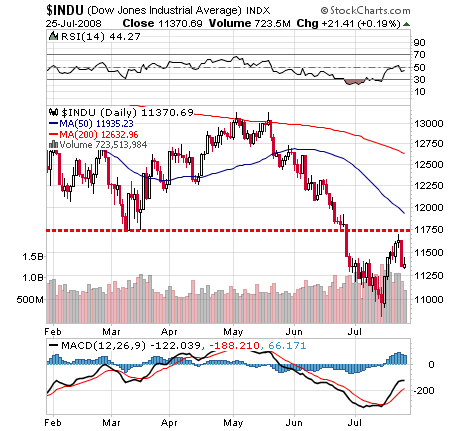
In China, "8" is believed to be a most powerful, and lucky, number.
So it is not surprising that Chinese began the Olympics on 08-08-08 at 8:08 PM.
Here is a link to Wikipedia's info page and NBC's covering these Olympic games.
And here is a link to Wired's coverage of the tech behind the games.










